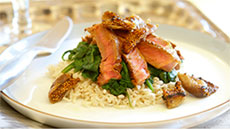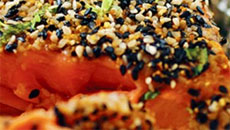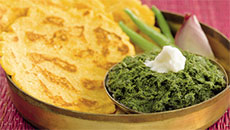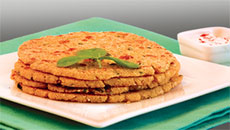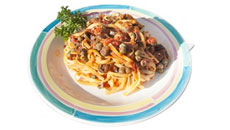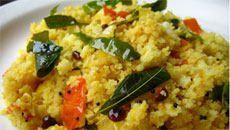Indian cuisine is globally associated with curry powder, tandoori and balti preparations, samosas and idli-dosas. Many outstanding culinary preparations have not reached foreign shores as the potential of India’s rich traditional cuisine has not been fully recognized in its country of origin.
Lack of standardization, differences over authentication and individualistic interpretations in documentation are some of the reasons for this neglect. French cuisine masters Auguste Escoffier and Larousse documented their country’s cuisines. This helped ensure that authentic recipes were taught in culinary institutes all over the world.
Research, documentation and publication of a standardized text of authentic Indian cuisine will give it a brand identity. This certifies the Indian-ness of preparations and helps in their inclusion in the curriculum of international culinary institutes and popularize Indian cuisine globally.
The cuisine varieties of a pluralistic society are a reflection of the country’s 5,000-year-old history, agricultural assets, climatic differences and foreign influences. Various States of India have, over the centuries, assimilated Arab, Persian, Mughal, British, Dutch, Portuguese, and French cuisines. The influx of foreigners, who ventured to South Asia for trade and governance, is credited to their fascination for exotic spices found on the Indian sub-continent.
The 29 States and seven Union Territories, each possessing anywhere from 10 to 50 regional, sub-regional cuisines, represent the many flavours of India. A population of over 1.3 billion has innumerable ethnic and regional stereotypes. Cuisine does not differentiate manmade boundaries but has well-defined principles governing tastes developed through blending of ingredients and cooking techniques.
Variations in regional preparations are due to differences in usage of ingredients and culinary preferences ingrained by caste, community and customs. Various factors that affect the flavour of food depend on the style of cooking and use of condiments and spices.
Other factors that also affect taste and aroma are the cooking medium which varies from region to region; material used for making cooking utensils, ranging from clay, iron, copper or brass and; the type of fuel, with options of firewood, charcoal or hard coal.
All these diversities cannot be attributed as “stumbling blocks” in efforts to make the wealth of Indian cuisine known all over the world. In India, prior to Independence in 1947, an eating-out culture was non-existent. Other “hurdles” were conservative social standards and limited documentation of Indian cuisine. A few authentic recipes managed to survive the passage of time.
Codified recipe books under royal patronage include accounts of Mughal culinary supremacy in the Ain-i-Akbari. The Manasollāsa (Happiness of Mind), a 12th-century Sanskrit text was composed by the South Indian king Someshvara III of the Chalukyan dynasty. It is an encyclopedic work covering various topics including vegetarian and non-vegetarian recipes. Sarbendra Pakashastra comprises a collection of recipes during the reign of Thanjavur’s erstwhile Maratha king in the 19th century, and gave details of the 10-15 varieties of kebabs developed in the royal kitchens.
Traditionally, many household kitchens were managed by the maharaj or bawarchi (chef) who kept the recipes a secret, only to be passed on as an inheritance to their sons. Where the kitchen was managed by housewives the secret ingredients used in the preparations were revealed only to their daughters so that they could retain an upper hand in the kitchen after marriage. This element of secrecy restricted knowledge, limiting the range and spread of authentic regional recipes.
This meant that many traditional recipes were lost with every successive generation. The tradition of not codifying home recipes changed about a century ago when some housewives dared to lift the lid and authored cook books on their communities’ well-guarded recipes. The recipe books were written in their own languages and translations were done much later.
Existing records of recipes of royal houses are exhibited selectively, kept as family secrets or are waiting to be discovered by culinary researchers. Cuisine experts are currently reviving interest in India’s lost or dying-out cuisines following research which involves visiting palaces, libraries, households and remote villages where recipes of traditional kitchen preparations can still be located.
Arun Wali is Senior Vice-president of AB Smart Concepts, a Hotel, Travel and Tourism consultancy company in New Delhi, India

